
The gnatcatchers are a family of small passerine birds called Polioptilidae. The 21 species occur in North and South America. Most species of this mainly tropical and subtropical group are resident, but the blue-grey gnatcatcher of the United States and southern Canada migrates south in winter. They are close relatives of the wrens.

The Iquitos gnatcatcher is a bird in the family Polioptilidae. It was first described in 2005. It is known only from the Allpahuayo-Mishana National Reserve, west of Iquitos, Peru.

The little chachalaca is a bird in the family Cracidae, the chachalacas, guans, and curassows. It is found in Brazil, French Guiana, Suriname, Guyana, Venezuela and possibly Colombia.
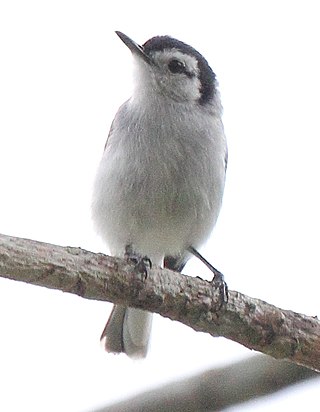
The tropical gnatcatcher is a small active insectivorous songbird, which is a resident species throughout a large part of northern South America. It was formerly considered as conspecific with the white-browed gnatcatcher.

The black-capped gnatcatcher is a small songbird in the family Polioptilidae. It is found in Mexico and the United States.

The razor-billed curassow is a species of bird in the family Cracidae, the chachalacas, guans, and curassows. It is found in Bolivia, Brazil, Colombia, and Peru.

The red-billed woodcreeper is a species of bird in the subfamily Dendrocolaptinae of the ovenbird family Furnariidae. It is found in Brazil, French Guiana, Guyana, Suriname, and Venezuela.
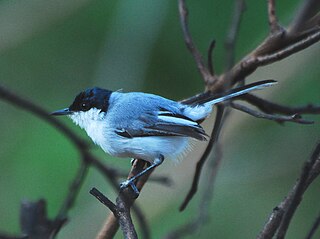
The white-lored gnatcatcher is a species of bird in the family Polioptilidae. It is found in Costa Rica, El Salvador, Guatemala, Honduras, Mexico, and Nicaragua.

Polioptila is a genus of small insectivorous birds in the family Polioptilidae. They are found in North and South America.
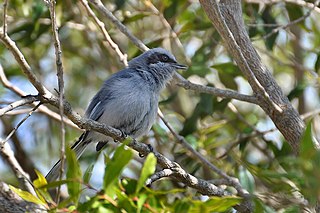
The masked gnatcatcher is a small songbird in the family Polioptilidae. It is found in Argentina, Bolivia, Brazil, Paraguay, and Uruguay.
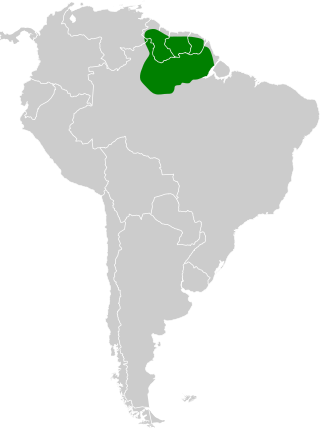
The Guianan gnatcatcher is a species of bird in the family Polioptilidae. It is found in Brazil, French Guiana, Guyana, Suriname, and Venezuela.

The creamy-bellied gnatcatcher is a species of bird in the family Polioptilidae. It is found in Argentina, Brazil, and Paraguay.
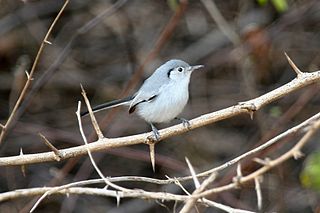
The Cuban gnatcatcher is a species of bird in the family Polioptilidae, the gnatcatchers. It is endemic to Cuba.

The slate-throated gnatcatcher is a species of bird in the family Polioptilidae. It is found in Colombia, Ecuador, and Panama.

The white-browed gnatcatcher is a species of bird in the gnatcatcher family Polioptilidae. It is native to central and South America.

The chestnut-headed chachalaca is a bird in the family Cracidae, the chachalacas, guans, and curassows. It is endemic to Brazil.

The Rio Madeira stipplethroat is a species of bird in subfamily Thamnophilinae of family Thamnophilidae, the "typical antbirds". It is found in Bolivia, Brazil, and Peru. In the past it has also been called eastern stipple-throated antwren, Madeira stipple-throated antwren, Rio Madeira antwren, and Madeira antwren.

The Para gnatcatcher or Klages's gnatcatcher, is a species of bird in the family Polioptilidae. It is endemic to Brazil.

The Inambari gnatcatcher is a species of bird in the family Polioptilidae. It is endemic to Brazil.

The Yucatan gnatcatcher is a species of bird in the family Polioptilidae. It is endemic to the Yucatán Peninsula in Mexico.



















